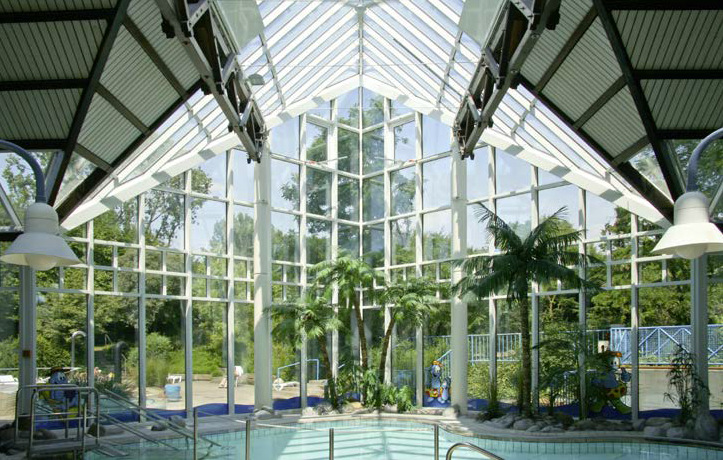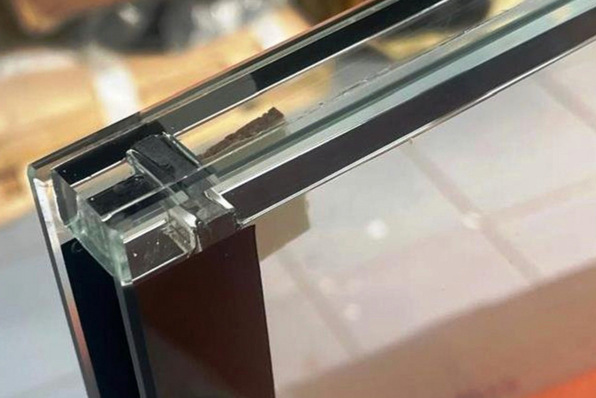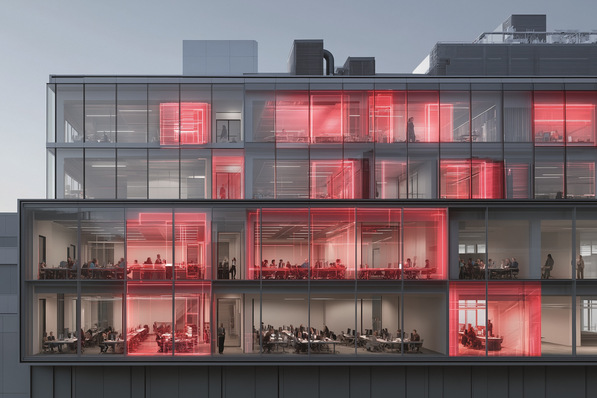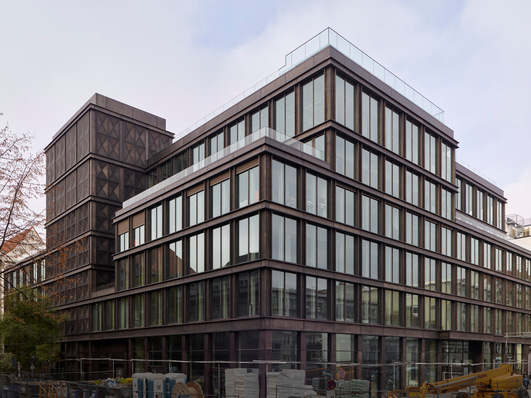Pilkington Activ has a titanium dioxide coating on the outside that reacts to UV light from the sun and triggers a photocatalytic reaction. This dissolves organic dirt from the glass. The hydrophilic (water attracting) property of the coating then removes the dissolved dirt particles with (rain) water. Here are the most important answers about Pilkington Activ and its processing.
01: What do I have to bear in mind when glazing with Pilkington Activ?
Installation is the same as for other types of glass. The only important thing is that no sealants containing silicone are used. Silicone oils can overlay the coating at the edge of the glass due to possible creeping effects and deactivate the function in this area. In addition, silicones are hydrophobic and can become visually apparent at the edges when it rains. The sealants that are compatible with Pilkington Activ are listed in the manufacturer information. Manufacturers can request this information from Pilkington Germany.
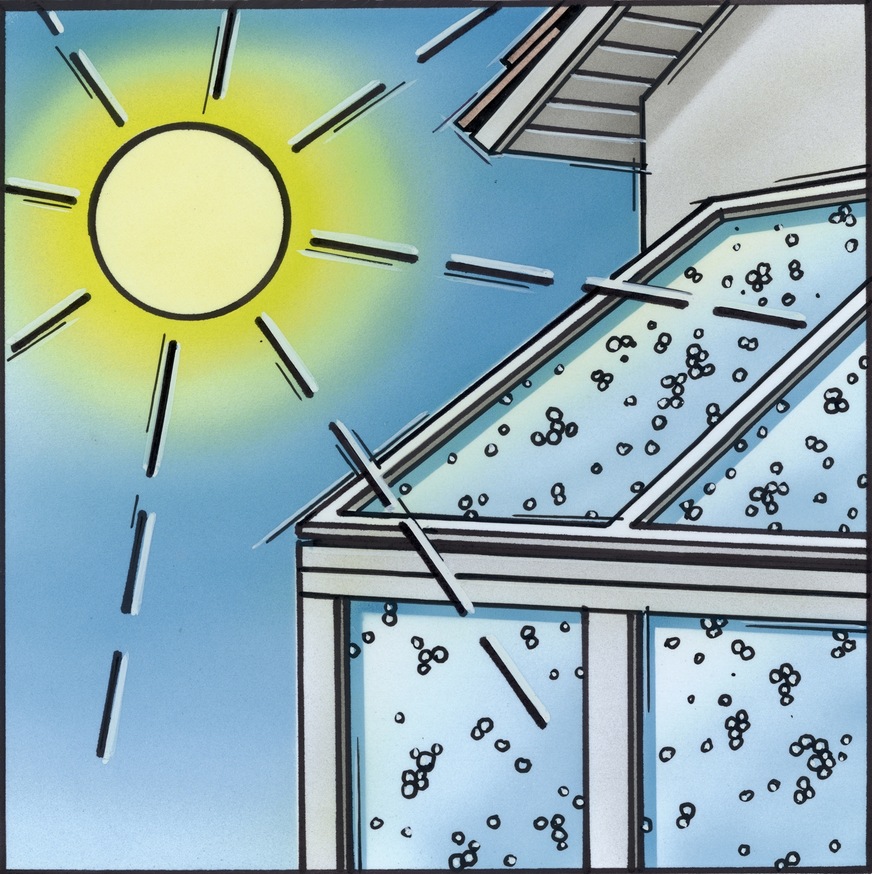
Pilkington Deutschland AG
02: What formats are available, is it necessary to store the glass in a special way?
The glass is supplied as a pane measuring 6 × 3.21 m. It is sufficient to store the panes like conventional float or insulating glass. It should be stored in a dry and well ventilated place.
See also this article: A glass coating that kills viruses using sunlight
03: What needs to be considered when cutting the glass to size?
Processors can cut the panes like conventional float glass to produce the glass for facades, conservatories etc.
04. Is the coating durable?
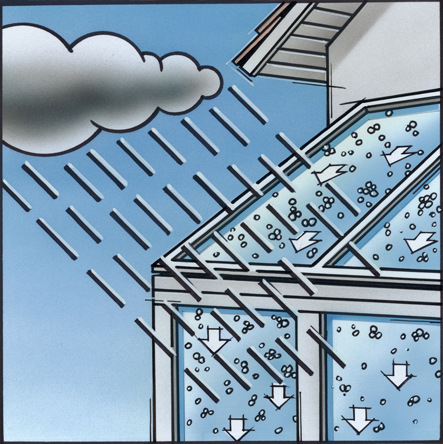
Pilkington Deutschland AG
Since the coating is applied at over 600 °C during glass production, it is inseparably bonded to the glass. This means that the coating lasts for the lifetime of the window and does not wear off over time. This is also confirmed by customers who installed the glass almost 20 years ago.
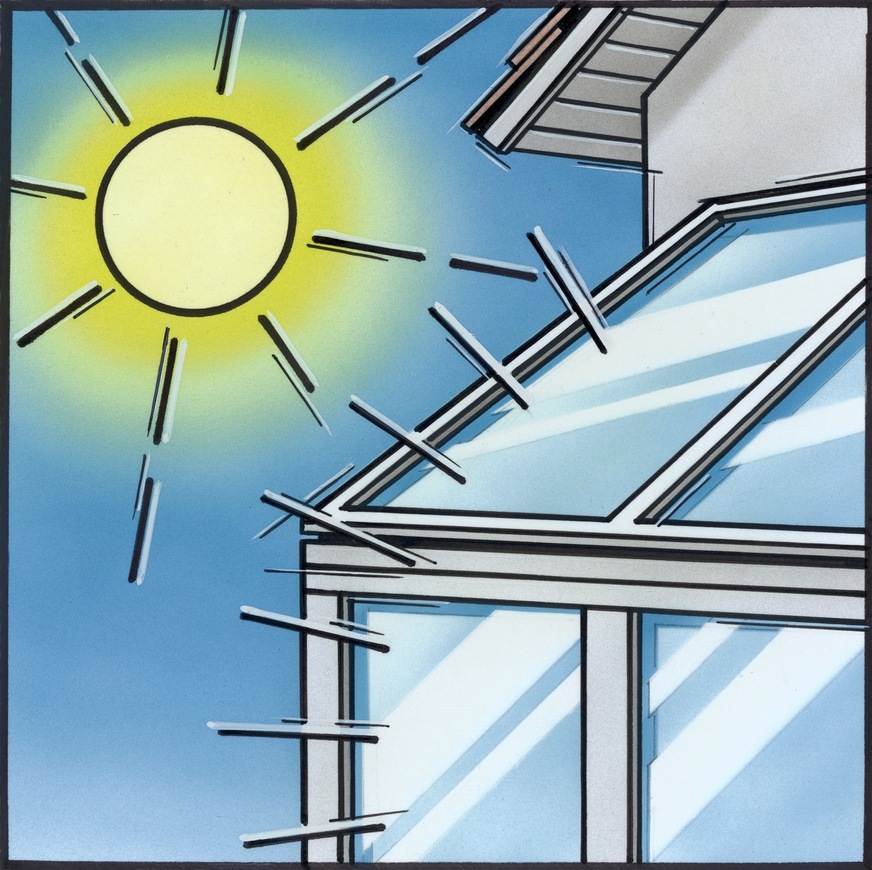
Pilkington Deutschland AG
05. Which areas of application are ideal for Pilkington Activ?
The glass is particularly suitable for all roof glazing, e.g. for conservatories, terrace roofs and canopies. As these types of glazing are often very difficult to access, the self-cleaning effect makes cleaning the glass much easier. Ultimately, however, the glass can be used in all outdoors applications. The important thing is that the glass is exposed to rain or water and sunlight.
06: Does Pilkington Activ also work in north-facing places?
The orientation of the glass has no influence on the function of the coating. Even when facing north, there is enough light to activate the coating.
07: What is the minimum pitch in roofs?
With very low roof pitches, dirt may not be washed off properly, possibly remaining behind due to concavity of the glazing. Therefore, we generally recommend minimum roof pitches of approx. 10°. Roof pitches below 5° should be avoided.
08: What do I have to bear in mind when cleaning, is just water enough?
Due to its self-cleaning function, the glass needs to be cleaned much less frequently than conventional glass. However, if the glass is installed in such a way that little rainwater reaches the glass surface, the glass should occasionally be sprayed with water. This quickly rinses off the organic dirt that is dissolved by the photocatalytic effect of the coating.
See also: Flachglas MarkenKreis: Low-reflection facade glass
In principle, you can also use cleaning agents for cleaning. In general, one can use all alcohol- or ammonia-based cleaners as well as slightly acidic cleaning agents. A list of compatible cleaning agents can be found in the Pilkington Activ cleaning instructions.
09. Can the glass also break down verdigris and moss?
Pilkington Activ breaks down organic dirt and therefore also verdigris and moss.
10. How does the glass behave in the presence of condensation?
The surface of Pilkington Activ is hydrophilic, so individual drops of water combine to form a water film over the entire surface. As a result, the transparency in the case of condensation is significantly better than with conventional glass. The same applies during and after rain, as no individual drops form on the glass.
11. What information material is available?
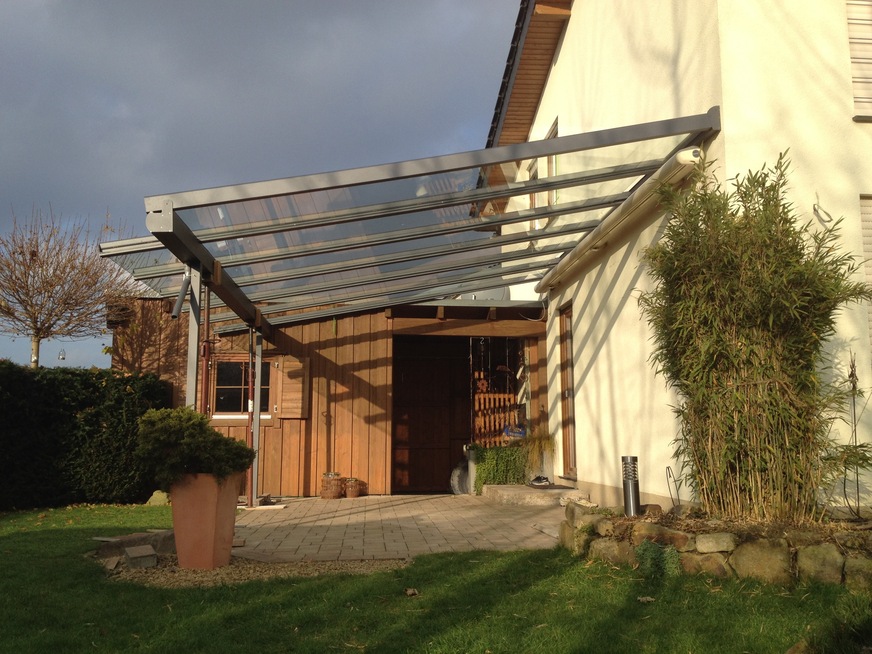
Titgemeyer
The Flachglas MarkenKreis provides a brochure for end customers (info@flachglas-markenkreis.de). Pilkington Germany also provides handling and processing guidelines, cleaning instructions with a list of compatible cleaning agents and processing information with a list of tested sealants (marketingDE@nsg.com).
Conclusion on Pilkington Activ
Pilkington Activ is no more difficult to process than conventional glass. The only point to note is that installation is carried out without sealants containing silicone. However, as with all more complex products, it requires competent service from a salesperson to work successfully with the customer. Through its members, the Flachglas MarkenKreis provides active advise to processors and dealers on Pilkington. Detailed questions are answered by Hannah Rullkötter from Pilkington Germany and Frank Horstmann from Flachglas MarkenKreis. -







